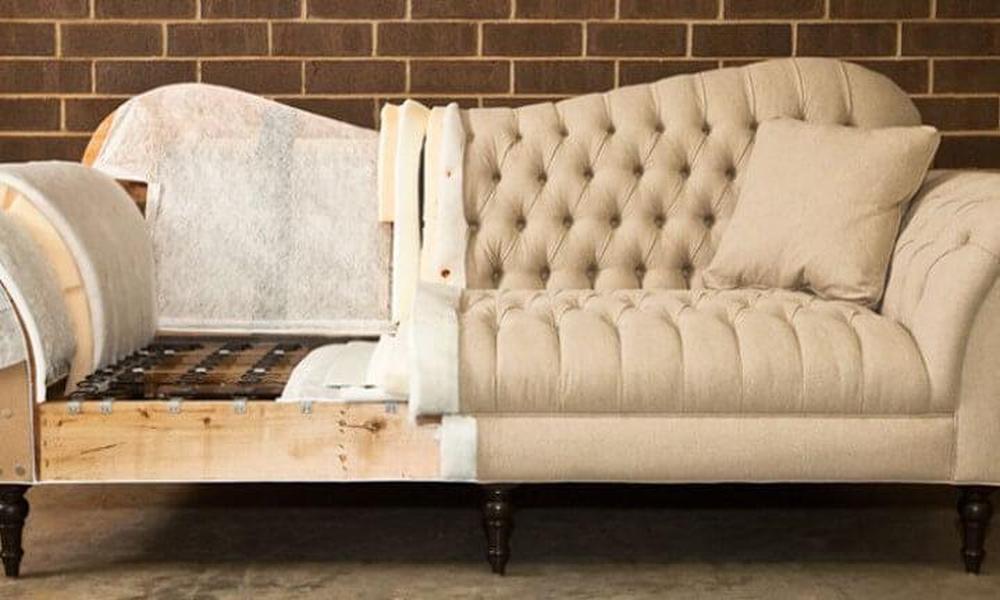
The durability and wearability of upholstery fabrics are important factors to consider when selecting a material for furniture. Upholstery fabrics are subjected to a lot of wear and tear, and therefore, it is important to choose a fabric that can withstand the daily use and abuse of your household. Here are some key considerations when assessing the durability and wearability of upholstery fabrics:
- Abrasion Resistance: The ability of a upholstery fabric to resist wear and tear from rubbing or friction is called abrasion resistance. Fabrics with higher abrasion resistance are more durable and tend to last longer.
- Pilling: Pilling is the formation of small balls of fiber on the surface of a fabric, caused by rubbing or abrasion. Fabrics that pill easily may not be suitable for upholstery, as they will quickly become worn and unsightly.
- Stain Resistance: Upholstery fabrics are susceptible to spills and stains. Fabrics with high stain resistance, such as those treated with a stain-resistant finish, will be easier to clean and maintain.
- Colorfastness: Colorfastness refers to the ability of a fabric to maintain its color without fading or bleeding. Fabrics that are not colorfast can quickly become faded and discolored, making them unsuitable for upholstery.
The Environmental Benefits of Upholstery Fabrics
Upholstery fabrics have several environmental benefits that are worth considering.
Firstly, upholstery fabrics are often made from natural materials like cotton, wool, and linen, which are biodegradable and can be easily recycled. This means that at the end of their useful life, the fabrics can be composted or repurposed rather than ending up in a landfill.
Secondly, many upholstery fabrics are treated with environmentally friendly finishes that make them resistant to stains, mildew, and other common problems. These finishes are often water-based, which means that they don’t contain harmful chemicals or emit harmful fumes during production or use.
Thirdly, upholstery fabrics can be made from recycled materials like recycled polyester or upcycled materials like repurposed denim. By using recycled materials, manufacturers reduce the need for virgin materials and minimize waste.
Finally, by choosing high-quality upholstery fabrics, consumers can extend the lifespan of their furniture, reducing the need for frequent replacements. This not only saves money in the long run but also reduces the environmental impact of furniture production and disposal.
Different Types of Upholstery Fabric
- Cotton: This natural fiber is breathable, soft, and durable, making it a popular choice for upholstery. It’s also easy to dye and comes in a variety of patterns and colors.
- Linen: Another natural fiber, linen is known for its crisp texture and natural sheen. It’s cool and comfortable in hot weather but can wrinkle easily.
- Leather: Leather upholstery is durable and easy to clean, making it a popular choice for high-traffic areas. It also has a classic look and feels that never goes out of style.
- Polyester: This synthetic fiber is known for its durability and resistance to stains and wrinkles. It’s also easy to clean and comes in a wide range of colors and patterns.
- Velvet: Velvet upholstery has a luxurious, soft texture and a rich, deep color. It’s not as durable as some other fabrics, but it adds a touch of elegance to any room.
- Microfiber: This synthetic fabric is made from ultra-fine fibers that give it a soft, suede-like texture. It’s easy to clean and resists stains, making it a popular choice for families with children or pets.








